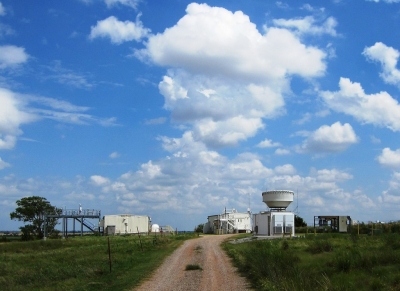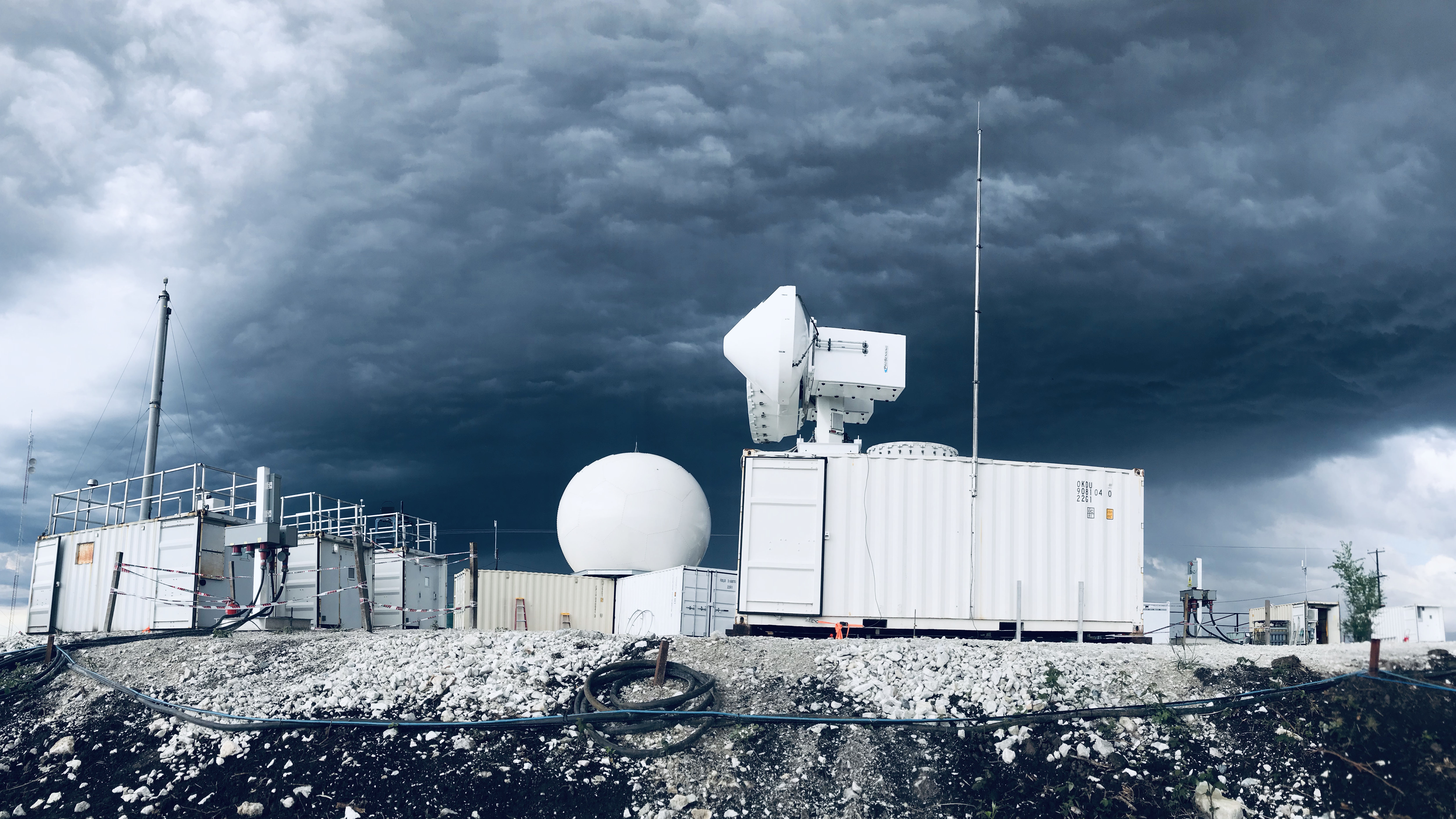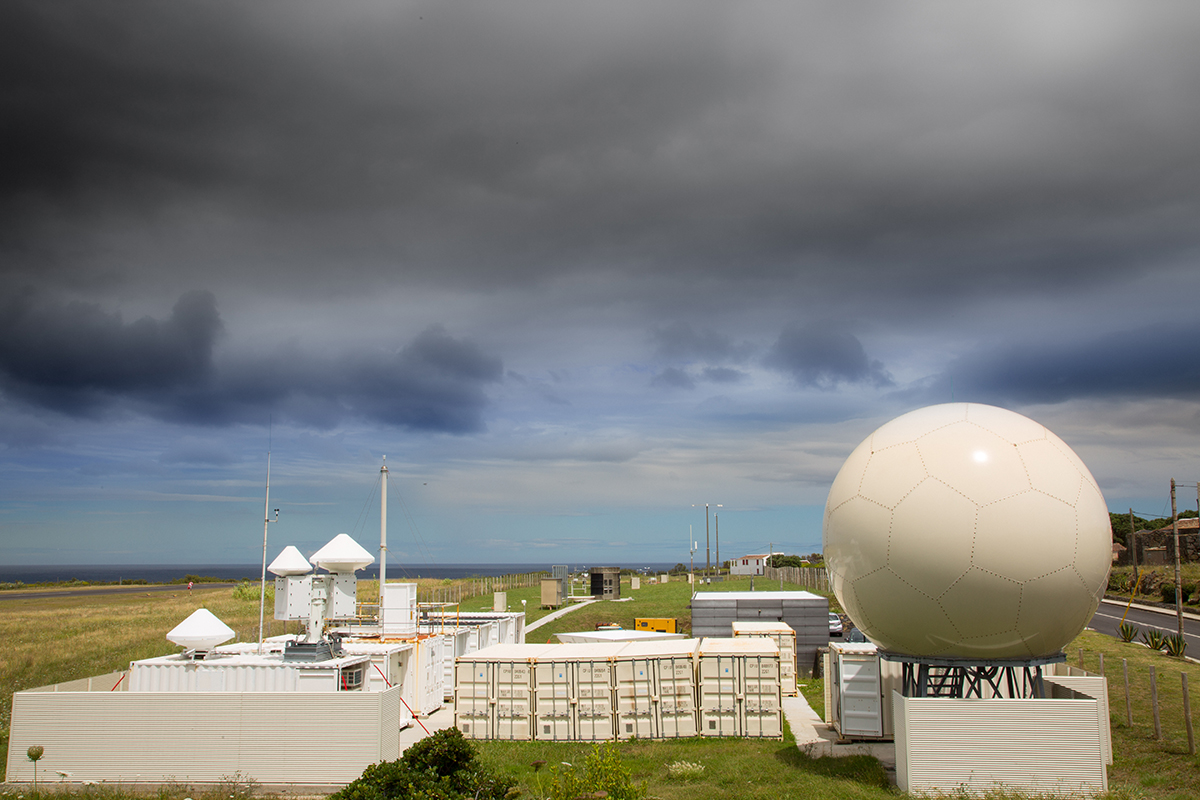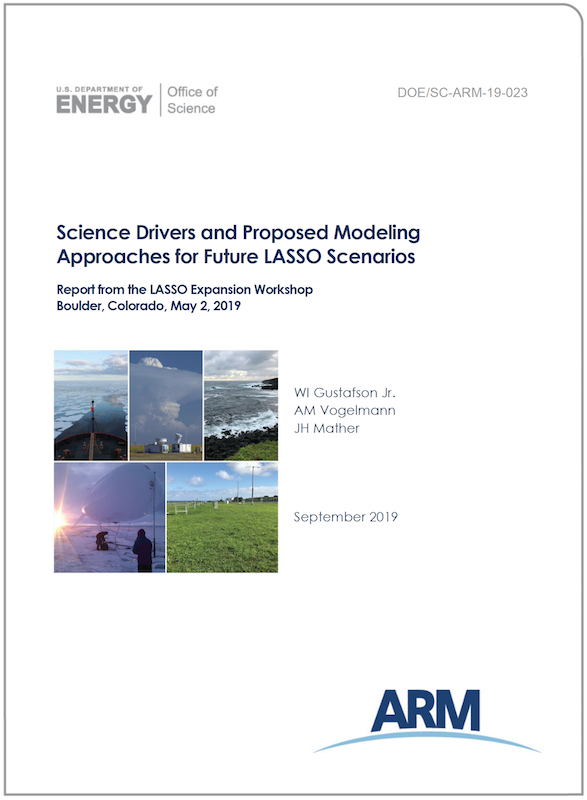Help Inform the Future of LASSO
Published: 3 October 2023
Editor’s note: William Gustafson, principal investigator for the Large-Eddy Simulation (LES) ARM Symbiotic Simulation and Observation (LASSO) activity, provided the following information.

The Atmospheric Radiation Measurement (ARM) user facility requests white paper submissions in support of a Future of LASSO Workshop to be held November 2–3, 2023, in Boulder, Colorado, and online. LASSO has been supporting the use of ARM data by providing high-resolution simulations vetted by observations.
The objective of the workshop will be to assess and update the LASSO strategy based on lessons learned from prior LASSO development, new ARM field campaigns/deployments and capabilities, and evolving science, which includes consideration of the next scenarios to develop. This workshop will review the effectiveness of the existing LASSO products and consider new approaches for LASSO development, with a particular focus on the next several years and more general discussions for the longer term.
- White papers for the Future of LASSO Workshop are due October 2.
- Workshop registration is now open for those planning to attend November 2–3, either in person or virtually.
The currently available LASSO products are for scenarios that focus on shallow and deep convection. A new marine cloud scenario is in early development. The selection of these scenarios was heavily influenced by the ARM-Atmospheric System Research (ASR) High-Resolution Modeling Workshop (Ferrell et al. 2014) and the LASSO Expansion Workshop (Gustafson et al. 2019). These workshops suggested the science justifications, modeling approaches, and other details that ultimately resulted in how LASSO developed into what it is today.

- The shallow convection scenario contains ensembles of LES simulations and accompanying related observations for 93 case dates at the ARM Southern Great Plains (SGP) atmospheric observatory.
- The deep convection scenario has mesoscale ensembles for 20 case dates and LES simulations for nine case dates during the Cloud, Aerosol, and Complex Terrain Interactions (CACTI) field campaign in Argentina. Data from the LASSO-CACTI scenario are available via the LASSO-CACTI Bundle Browser interface as simulations are processed, and the full data set can be obtained upon request to lasso@arm.gov prior to becoming available through the browser.
- The marine cloud scenario focuses on ARM’s Eastern North Atlantic (ENA) atmospheric observatory and is referred to as LASSO-ENA. Design choices were revisited in a LASSO-ENA Planning Workshop held July 27, 2023, and at the August 2023 Joint ARM User Facility/ASR Principal Investigators Meeting.
In preparation for the Future of LASSO Workshop, ARM seeks information on the topics listed below. White papers can address one or more of the topics based on the desire of the author(s) to contribute. The white papers will be used to develop the workshop agenda, be made available to workshop attendees to facilitate discussion, and ultimately be made public with the workshop report.
White Paper Topics of Interest
1. The LASSO Concept: Briefly, how have you used LASSO in your research? What have been the most valuable aspects of the LASSO data sets? What could be improved? How can the LASSO approach be modified for greater scientific impact?
2. Science Drivers: What science drivers and ARM observations should LASSO focus on for future scenarios? We are specifically interested in understanding what the added benefit would be for a LASSO-style implementation. For example, recent and upcoming ARM deployments that could be addressed by LASSO include:
- Multidisciplinary Drifting Observatory for the Study of Arctic Climate (MOSAiC), Arctic Ocean, October 2019–October 2020
- Cold-Air Outbreaks in the Marine Boundary Layer Experiment (COMBLE), North Atlantic, December 2019–May 2020
- Surface Atmosphere Integrated Field Laboratory (SAIL), Crested Butte, Colorado, September 2021–June 2023
- TRacking Aerosol Convection interactions ExpeRiment (TRACER), Houston, Texas, October 2021–September 2022
- Eastern Pacific Cloud Aerosol Precipitation Experiment (EPCAPE), San Diego, California, February 2023–February 2024
- Bankhead National Forest (BNF), northern Alabama, late 2023–2028
- Cloud And Precipitation Experiment at Kennaook (CAPE-K), Tasmania, Australia, April 2024–September 2025
- Coast-Urban-Rural Atmospheric Gradient Experiment (CoURAGE), Baltimore, Maryland, likely fall 2024 to fall 2025.

Designs around alternate meteorological conditions at the SGP, CACTI, and the ENA are also options, as well as additional ideas beyond existing and upcoming data sets. For example, are there instruments that could be deployed that would be particularly helpful to pair with LASSO modeling?
Authors should be aware of the timeline for requesting new campaigns and the associated lag before LASSO would be able to work with newly acquired data.
3. Scenario Implementation: LASSO must balance the benefits vs. resource constraints when choosing the model resolutions and observations used and would like your feedback on the tradeoffs involved. Current efforts employ ensembles primarily to examine large-scale forcing sensitivity—is this the right approach? What modeling approaches should be used within LASSO? Example details to consider include model choice, domains used, ensemble approach, and complexity of physics parameterizations. Should we focus more on mesoscale simulations than LES?
4. Data Content and Delivery: What are preferred methods for formatting and sharing LASSO data sets? For example, are subsets of variables useful? Are there better ways to package LASSO data to ease access and simplify analysis for users?
Jupyter notebook servers and high-performance computing have recently been made available to ease user access to the large data sets and minimize the need to download data to non-ARM computers. How do you foresee these resources meeting your needs? Would other methods be useful? (Please be mindful that computational resources are expandable but finite.)
5. Use of ARM Observations: How should observational capabilities be blended with LASSO modeling, and are there other ways observation products could be used within or specifically developed for use by LASSO? An example of past integration includes the LASSO–Clouds Optically Gridded by Stereo (COGS) stereo camera cloud mask that improves upon the original use of Active Remote Sensing of CLouds (ARSCL) cloud masks by avoiding contamination from insect clutter. Options for future scenarios might include data from the tethered balloon system and ARM’s uncrewed aerial systems should they address a pressing need. Please identify the need and indicate how a blended product would advance associated research.
6. LASSO Model Engagement: How can LASSO better integrate with other modeling activities? An important driver for LASSO is using LES to bridge the scale gap from localized observations to the coarser grids of global models. Are there approaches that will facilitate this interaction and cross-community engagement? There is particular interest in finding ways to use LASSO to enable the application of ARM observations to the U.S. Department of Energy’s Energy Exascale Earth System Model (E3SM), but ideas for linking with other modeling systems are also welcome.
Submission Process

White papers are due by October 2 to lasso@arm.gov. Questions about LASSO and/or white paper submissions can be addressed to LASSO Principal Investigator William Gustafson and LASSO Co-Principal Investigator Andrew Vogelmann via lasso@arm.gov.
The Future of LASSO Workshop will be held November 2–3. Contact Gustafson if you are interested in being considered to receive a workshop invitation for attendance. We seek to balance attendees to represent a broad swath of interests and associations within a limited in-person audience (~25 people). Virtual participation will also be available and encouraged.
Registration for the workshop is now open.
View the full workshop agenda.
Background Information
Additional information about aspects of LASSO is available as follows:
- Information about the LASSO shallow convection scenario can be found in the overview journal article (Gustafson et al. 2020); the Description of the LASSO Data Bundles Product technical report (Gustafson et al. 2020); videos from a May 2023 LASSO tutorial in Maryland (Part 1 and Part 2); and the LASSO website.
- Information about the LASSO-CACTI scenario is available in the LASSO-CACTI Technical Document; these LASSO breakout session and LASSO-CACTI slides from the 2023 ARM/ASR joint meeting; and the recent LASSO tutorial in Maryland (Part 3).
- The recording and slides from the LASSO-ENA Planning Workshop are available online. LASSO-ENA content is also available from the 2023 ARM/ASR joint meeting in these slides: LASSO breakout session and using LASSO-ENA simulations to fill data voids.
References
Ferrell W, R Petty, S McFarlane, A Williamson, G Feingold, and J Mather. 2014. Atmospheric Research Measurement Climate Research Facility – Atmospheric System Research High-Resolution Modeling Workshop. U.S. DOE, Office of Science, Office of Biological and Environmental Research. DOE/SC-0169. https://doi.org/10.2172/1471544
Gustafson W, A Vogelmann, X Cheng, KK Dumas, S Endo, KL Johnson, B Krishna, Z Li, T Fairless, and H Xiao. 2020. Description of the LASSO Data Bundles Product. Ed. by Robert Stafford, ARM user facility. DOE/SC-ARM-TR-216. https://doi.org/10.2172/1469590
Gustafson W, A Vogelmann, Z Li, X Cheng, K Dumas, S Endo, K Johnson, B Krishna, T Toto, and H Xiao. 2020. “The Large-Eddy Simulation (LES) Atmospheric Radiation Measurement (ARM) Symbiotic Simulation and Observation (LASSO) Activity for Continental Shallow Convection.” Bulletin of the American Meteorological Society, 101(4), https://doi.org/10.1175/BAMS-D-19-0065.1
Gustafson WI, AM Vogelmann, and JH Mather. 2019. Science Drivers and Proposed Modeling Approaches for Future LASSO Scenarios. Ed. by Robert Stafford, ARM user facility. DOE/SC-ARM-19-023. https://doi.org/10.2172/1569273
Keep up with the Atmospheric Observer
Updates on ARM news, events, and opportunities delivered to your inbox
ARM User Profile
ARM welcomes users from all institutions and nations. A free ARM user account is needed to access ARM data.


















